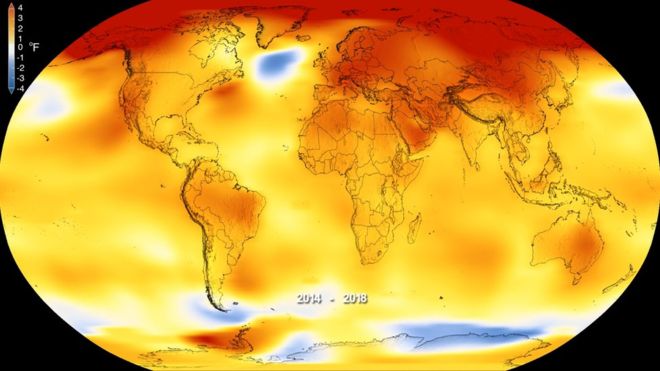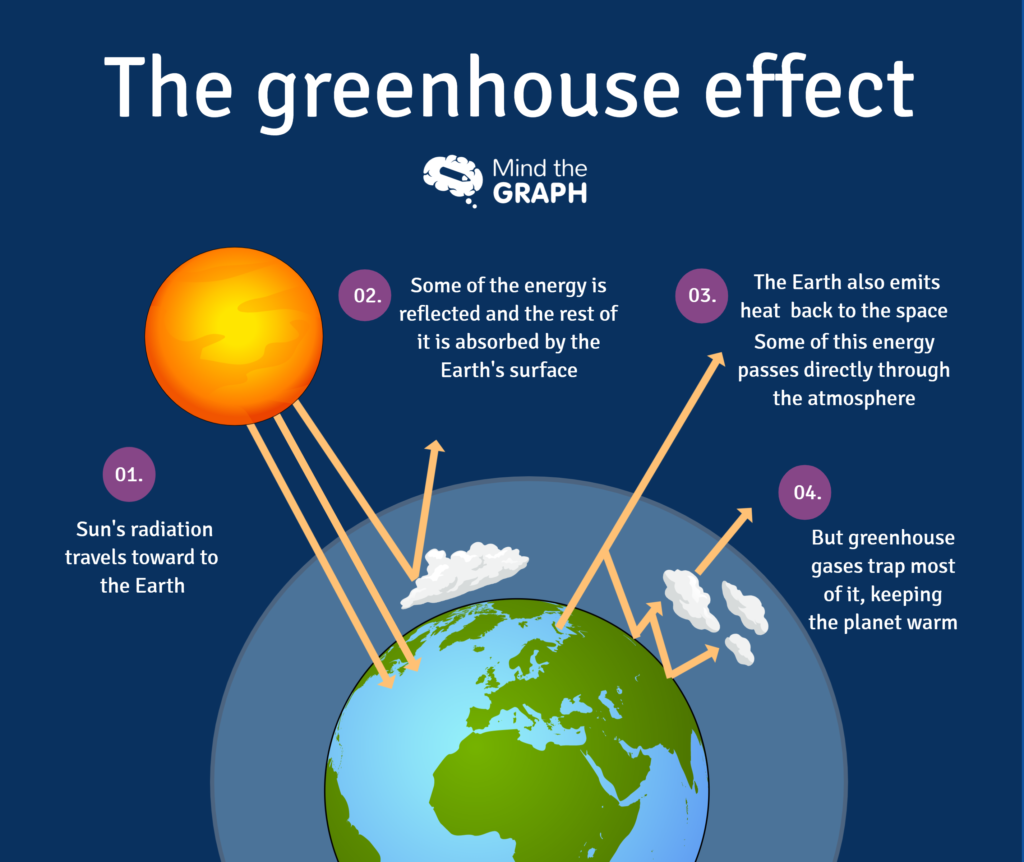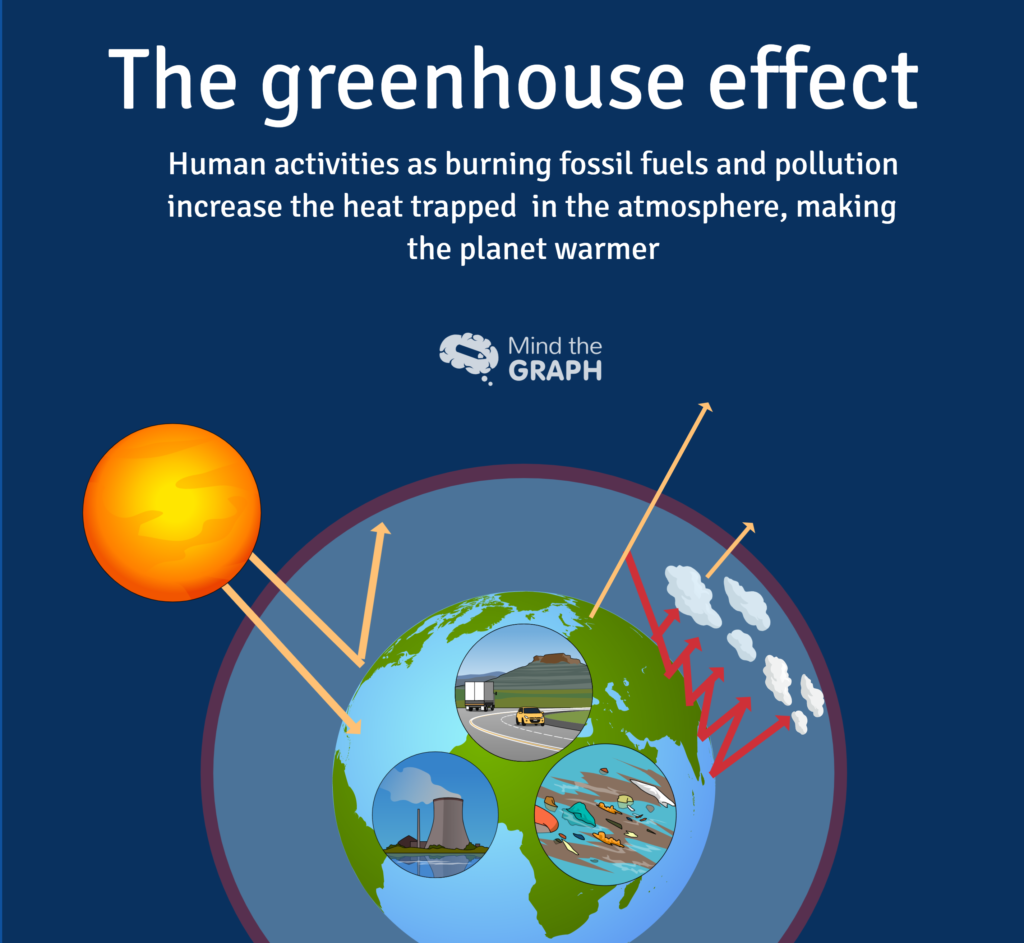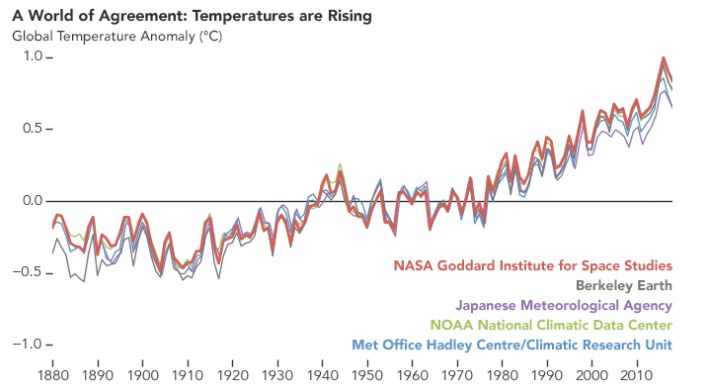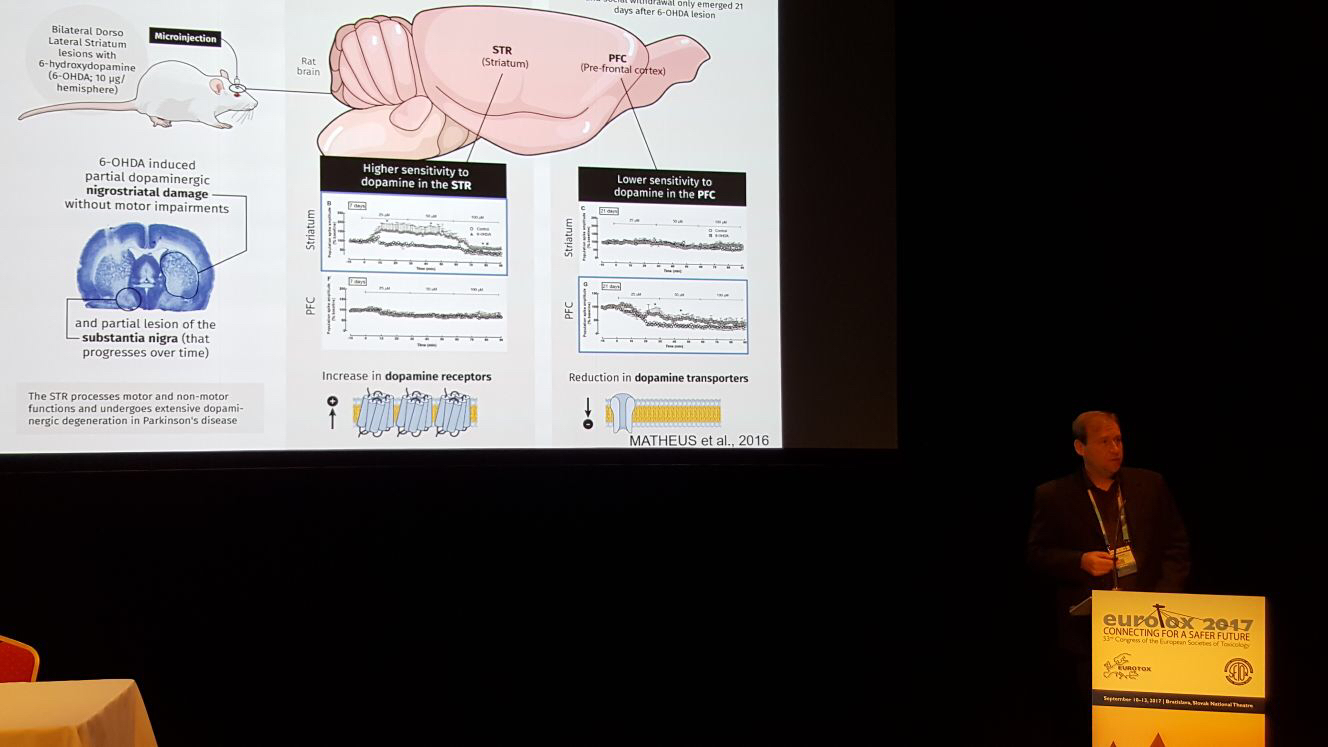Climate change is being a controversial subject these days. We can see all over social media denial and skeptic people. However, every day scientists come up with new data raising awareness about the consequences of our habits. But, humans are really causing global warming? According to science, yes. Now, three studies published on Nature this month show that scientific consensus is likely to have passed 99%.
One argument used by climate change deniers is the idea that the Earth already experienced similar dramatic peaks and troughs in the past. Two examples are the Little Ice Age and the Medieval Climate Anomaly. So, the shifts happen due a natural cycle. However, these new studies indicate that none of these shifts took place in all planet at the same period. Besides that, the current climate change process is faster than any other in the past.
The researchers used reconstructions based on 700 proxy records of temperature change, such as trees, ice and sediment, from all continents.
Mark Maslin, professor i klimatologi ved University College London, ble intervjuet i et intervju av The Guardian. Han sa at “this paper should finally stop climate change deniers claiming that the recent observed coherent global warming is part of a natural climate cycle. This paper shows the truly stark difference between regional and localised changes in climate of the past and the truly global effect of anthropogenic greenhouse emissions”.
Hva de nye rapportene om klimaendringer sier
Ingen bevis for globalt sammenhengende varme- og kuldeperioder i den førindustrielle fellestiden indicates that in the past, temperature change didn’t happen in more than half the globe at any one time.
They studied the Little Ice Age, the coldest epoch of the last millennium. The results indicate that the coldest temperatures occurred during different centuries around the world. It took place during the 15th century in the central and eastern Pacific Ocean, during the 17th century in northwestern Europe and southeastern North America. However, the remaining regions experienced the coldest temperatures only during the mid 19th century.
Det betyr at den romlige sammenhengen eksisterer i løpet av den førindustrielle tidsalderen.
Dette stemmer overens med den romlige sammenhengen i stokastiske klimavariasjoner. “This lack of spatiotemporal coherence indicates that preindustrial forcing was not sufficient to produce globally extreme temperatures at multidecadal and centennial timescales. By contrast, we find that the warmest period of the past two millennia occurred during the 2oth century for more than 98% of the globe. This provides strong evidence that anthropogenic global warming is not only unparalleled in terms of absolute temperatures, but also unprecedented in spatial consistency within the context of the past 2,000 years.”
Siste fase av den lille istid tvunget frem av vulkanutbrudd forklare de sterke globale svingningene i første halvdel av 1700-tallet.
The researchers explain how the world started to move from a volcanically cooled era to a climate warmed by human emissions during the 18th Century. “During the first half of the nineteenth century, several large tropical volcanic eruptions occurred within less than three decades. […] Only after the 1850s did the transition into the period of anthropogenic warming start. We conclude that the end of the Little Ice Age was marked by the recovery from a sequence of volcanic eruptions, which makes it difficult to define a single pre-industrial baseline.”
Konsistente multidekadiske variasjoner i rekonstruksjoner og simuleringer av global temperatur i løpet av vår felles tidsregning. viser hvordan temperaturøkningen siden slutten av 1900-tallet har vært den raskeste de siste to årtusener.
I denne studien presenterer forfatterne 2000 år lange rekonstruksjoner av den globale middeltemperaturen ved hjelp av syv ulike statistiske metoder som bygger på en global samling av temperaturfølsomme paleoklimatiske registreringer. Resultatene tyder på at the largest warming trends at timescales of 20 years and longer occur during the second half of the twentieth century, highlighting the unusual character of the warming in recent decades.
As the article published on The Guardian explains, previous studies have shown near unanimity among climate scientists that human factors – car exhausts, factory chimneys, forest clearance and other sources of greenhouse gases – are responsible for the exceptional level of global warming.
Denne infografikken er nyttig for å forstå drivhuseffekten:
Du kan lese mer om det på:
- Karbonsyklus og drivhuseffekt - en vitenskapelig infografikk
- Konsekvenser av havforsuring på marine dyr
- Er artikkelen din klar for fremtiden? Sosiale medier har også plass til vitenskapelig kommunikasjon.
Nå må vi øke bevisstheten om konsekvensene av klimaendringene. Å snakke med folk om og prøve å redusere vår påvirkning er måter å gjøre noe på. Hva gjør vi som forskere?

Abonner på nyhetsbrevet vårt
Eksklusivt innhold av høy kvalitet om effektiv visuell
kommunikasjon innen vitenskap.

